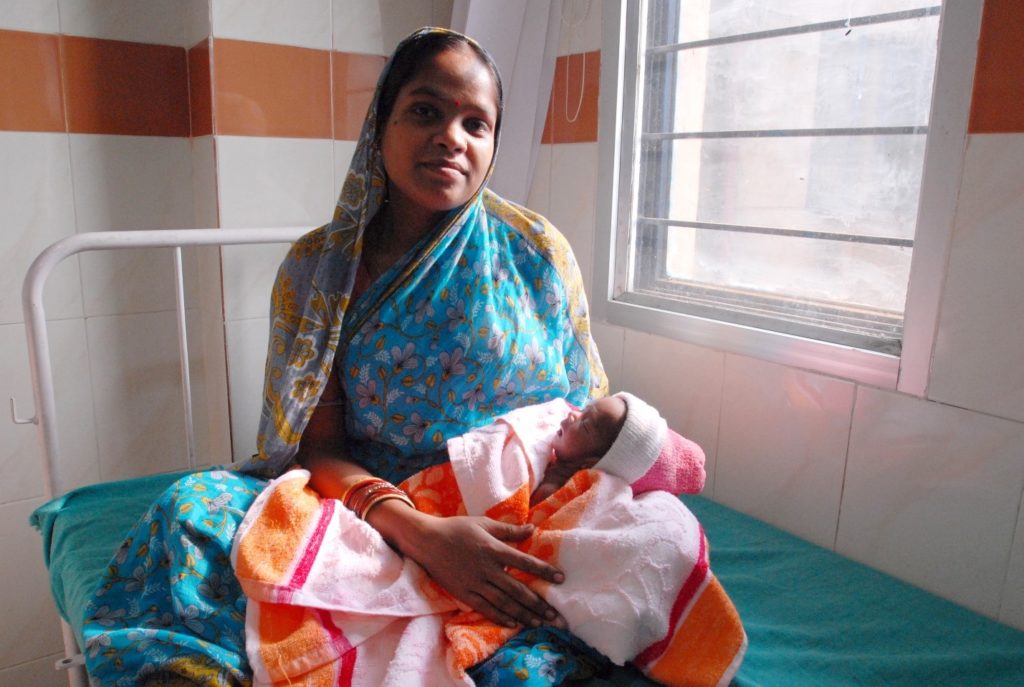 JAIPUR – According to a report by IndiaSpend, “Anemia . . . impacts half of Indian women of reproductive age, increases the risk of maternal mortality, infection, preterm delivery, poor fetal and infant health, and puts children at lifelong risk of issues involving cognitive development and physical growth.”
JAIPUR – According to a report by IndiaSpend, “Anemia . . . impacts half of Indian women of reproductive age, increases the risk of maternal mortality, infection, preterm delivery, poor fetal and infant health, and puts children at lifelong risk of issues involving cognitive development and physical growth.”
The report summarized the results of a study by Public Health Nutrition explored a holistic approach geared toward identifying a range of sociodemographic, programmatic, and dietary factors contributed to the widespread occurrence of anemia in India. However, to see the whole, one has to understand the parts that make up the whole.
The study concluded that, based on the findings, public health interventions should include “promotion of delayed marriage, construction and use of toilets, and measures that facilitate the adoption of nutrient-rich diets.”
Pakistan is the only Asian nation with higher rates of anemia among women. The two are the only countries in Asia in which 50 percent or more of the women suffer from anemia.
The Global Library of Women’s Medicine has determined that “Anemia increases perinatal risks for mothers and neonates; and increases overall infant mortality. The odds for fetal growth restriction and low birth weight are tripled. The odds for preterm delivery are more than doubled. Even a moderate hemorrhage in an anemic pregnant woman can be fatal.” Startling though it sounds, “Anemia is the major contributory or sole cause of 20% to 40% of maternal deaths.”
Researchers at the University of Rochester Medical Center indicate that “A mother’s [anemia] early in pregnancy may have a profound and long-lasting effect on the brain development of the child.”
Although the rate of anemia among women of child-bearing age in India has declined from 55.3% to 53.0% over the past decade, the 2015-2016 study found that India is “not on track” to meet the standards for anemia reduction established by the World Health Assembly.
One of the significant findings of the Public Health Nutrition study cited by IndiaSpend is that the practice of open defecation is a leading contributor to anemia among pregnant Indian women. The study determined that 48.4% of all household surveyed had access to improved sanitation facilities, although it did not cite how many were actually using those facilities. (An improved sanitation system includes “a toilet system which has either a flush to piped sewer system, flush to septic tank, flush to a pit latrine, ventilated improved pit/biogas latrine, pit latrine with slab, or a twin pit/composting toilet, which is not shared with any other household.”)
Unfortunately, the study did not include the states of Uttar Pradesh, Rajasthan, Madhya Pradesh, Orissa, Jharkhand, Chhattisgarh, or Bihar. These are not only the poorest of the Indian states but also have the highest estimated rates of anemia in the country.
Gospel for Asia (GFA) and other NGOs have long sought to demonstrate the love of Jesus by improving the health and welfare of women and children in India as well as providing improved sanitation facilities and medical care for thousands of families. These studies underscore the magnitude of the needs of those whom we are called to serve.
(In 2016 affiliates of GFA in India built more than 10,500 dual-tank latrine systems.)
Sources:
- IndiaSpend, Delaying Babies, Using Toilets Could Roll Back Anemia Crisis Of Indian Women
- Public Health Nutrition, Identifying sociodemographic, programmatic and dietary drivers of anemia reduction in pregnant Indian women over 10 years
- The Global Library of Women’s Medicine, Anemia in pregnancy
- Medical Life Sciences News, Iron deficiency during pregnancy may impact child’s brain development
Image Source:
- Pippa Ranger/Department for International Development [CC BY-SA 2.0], via Wikimedia Commons.
For more information about this, click here.




